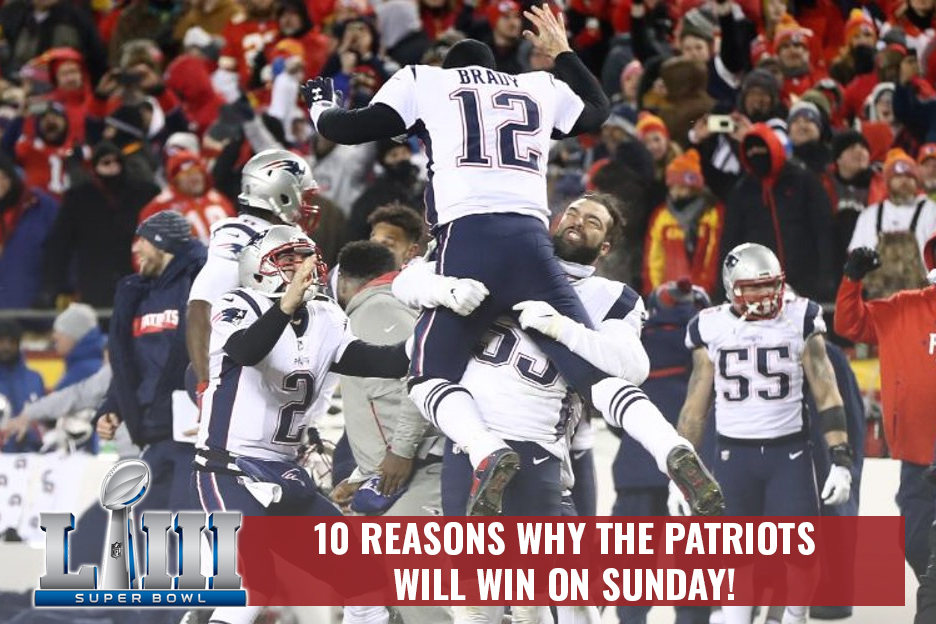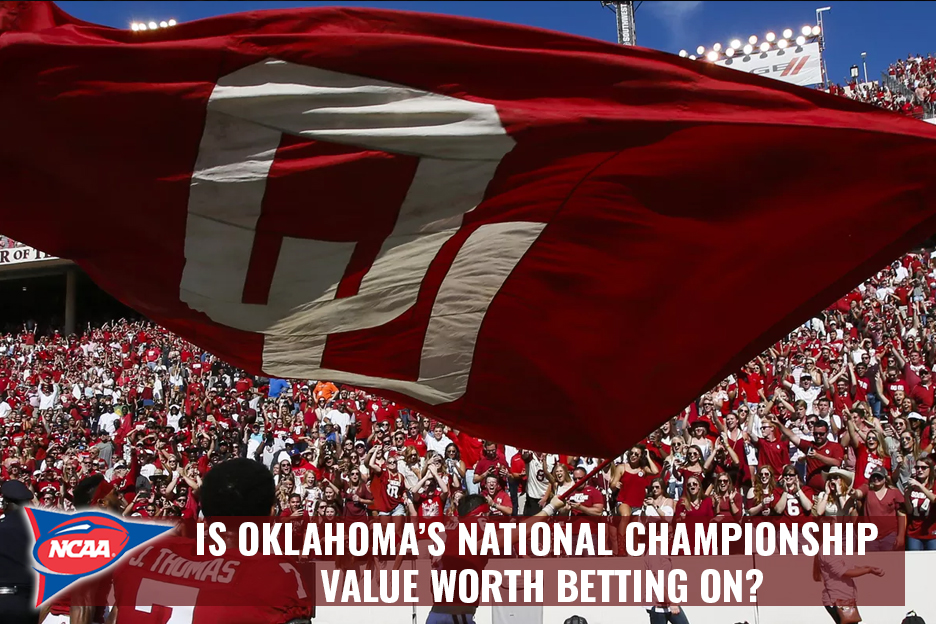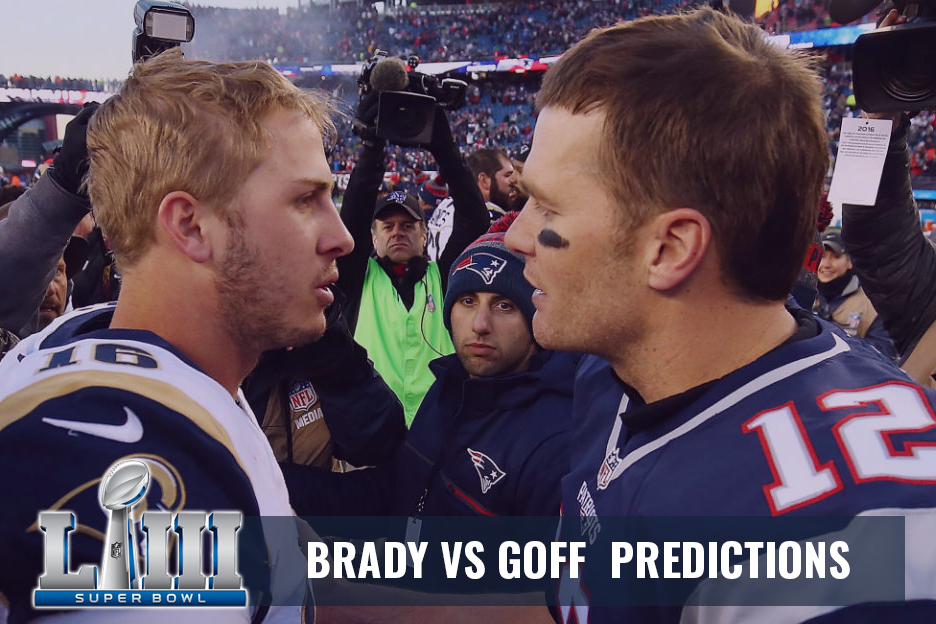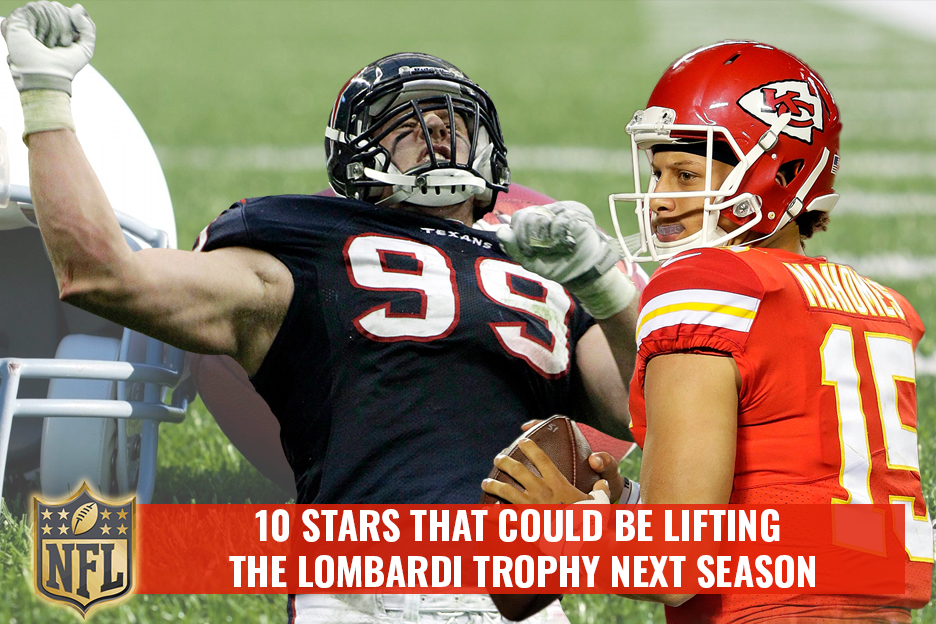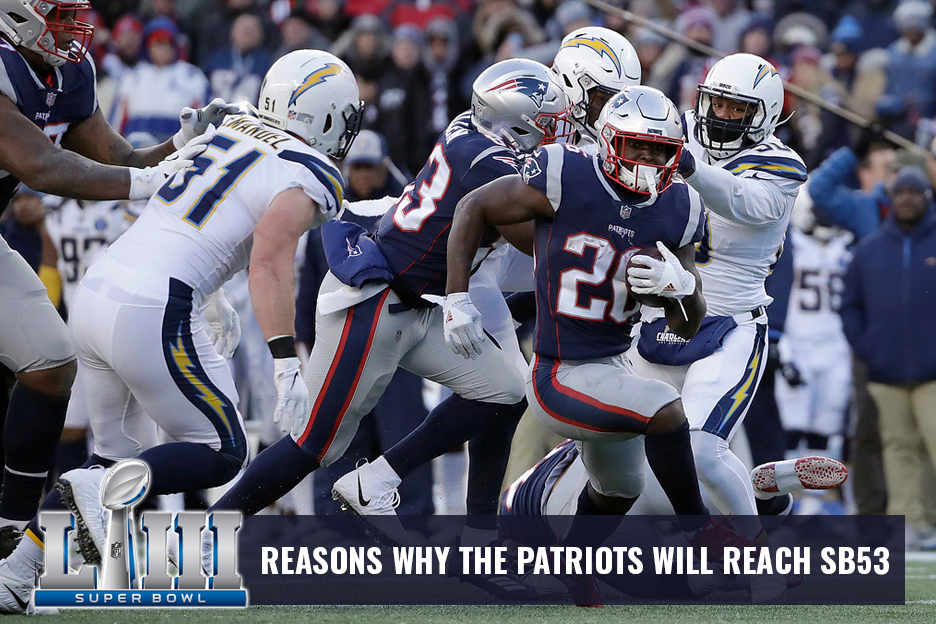

Posted in: General
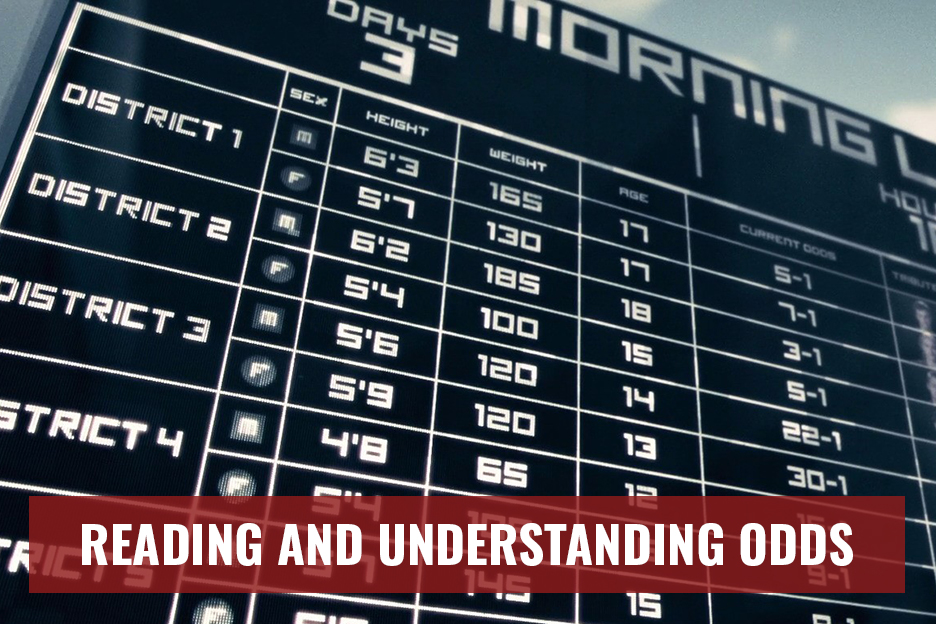
Most sports bettors start by learning about the sports they love, but it doesn’t take long before they want to learn how to read and understand odds. In fact, if you don’t have a basic understanding of odds, you’re almost certain to be a bet loser as a sports bettor in the long run.
But sports betting isn’t the only activity where odds matter. Odds are used in casino games, the lottery, poker, and any other kind of activity that involves weighing risks versus rewards.
The purpose of this post is to explain the basics of reading and understanding odds for the newcomer who’s a little confused about these concepts. I’ll cover how to read and understand odds in sports betting, but I’ll also explain how to read and understand odds in other gambling endeavors, too.
Most people, when they ask what the odds of something are—they’re looking for an estimate of the probability that something will happen. This is an entire branch of mathematics, by the way, this probability thing. Odds are just one way of expressing a probability.
The probability of a specific event is the number of ways that specific event can happen divided by the total possible number of events. It’s fair to say that an event’s probability is always a fraction, or always a number between 0 and 1.
You can express a probability in the following ways:
Let’s look at an example:
Suppose you flip a standard coin that has a heads side and a tails side. You want to know the probability of getting heads. There’s only one way to get heads. There are 2 possible outcomes, though:
The probability, therefore, of getting heads is 1/2.
You can express this as a probability of 0.5 or 50%, too. A lot of folks are really comfortable with probabilities expressed as percentages. They’re intuitive for most people.
But you can also express the probability as odds, and that’s what we’re interesting in here. When you express a probability as odds, you compare the number of ways something can’t happen with the number of ways it can happen.
In the heads or tails example, you have even odds—1 to 1.
Since there’s only one 5 on the wheel, and there are 38 numbers total, the probability of getting the 5 is 1/38.
That’s the same thing as 37 to 1.
Odds become especially useful when comparing possible payouts for bets versus the odds of winning those bets. You see, payoffs are expressed in odds, too.
In a standard American roulette game, the payoff odds for guessing a single number correctly are 35 to 1.
If the odds of winning the bet are lower than the odds at which they pay off, such a bet has a negative expectation. If the odds of winning the bet are higher than the odds at which they pay off, such a bet has a positive expectation.
All casino games inherently have payoff odds lower than the odds of winning. That’s how the casinos make their money.
But in a game like poker, you’ll have varying probabilities of winning a hand versus varying amounts in the pot. The difference between the odds of winning and the odds offered by the pot is where your profit or loss comes from. I’ll discuss that more in the section on poker, below.
In sports betting, the team with the better odds of winning is the favorite. The other team is the dog, or underdog. The payout odds for your bets can differ from the actual odds of winning, but oddsmaking in sports is not an exact science. We’re not dealing with a roulette wheel, where we know the exact number of potential outcomes. During a football game, practically anything can happen.
Odds in sports betting are usually expressions of how the payouts work. The most common type of these odds is called “moneyline odds.”
With moneyline odds, you’ll see a positive or negative number posted next to the team’s name. A team with a negative number next to it is the favorite, while a team with a positive number next to it is the underdog. (Moneyline odds are also often called “American odds,” because that’s the way odds for bets in the United States are usually expressed.)
When you’re betting on the underdog, the number after the + sign is the amount you’ll win for every $100 you bet.
When you’re betting on the favorite, the number after the –sign is the amount you’ll need to risk to win $100.
This is different from the way most sports bets on football teams work, by the way. Most football games use a point spread, which supposedly makes the odds of winning even. The point spread gives the underdog points toward winning.
If the Cowboys are a 7 point underdog, then lose by 6 points, your bet still wins even money.
Well, almost even money.
Sports books need to make a profit, so they ask you to risk $110 to win $100 on a point spread bet. That’s 11 to 10 odds there.
Are another way of expressing moneyline odds. Decimal odds are more commonly used in European sports betting. The decimal odds are multiplied by your initial wager to determine how much you win. This amount INCLUDES the bet itself.
For example, if the decimal odds for a team are 2.27, you’d win $227 on a $100 bet placed on that team.
But that includes the $100 you wagered. Your profits are only $127. In American odds, that would be listed as +127.
Converting American odds to decimal odds is easy enough. There are 2 formulas, depending on whether the team is the favorite or the dog:
You can find plenty of websites which offer converters from decimal odds to American odds and back again.
I should point out that when the book sets the odds for these bets, they do it with an eye for making a profit. Their oddsmakers aren’t always right, but they’re awfully good. It’s a rare sports bettor who can predict results accurately enough to overcome those odds.
They use the money from the losers to pay off the winners. But since each loser lost $110, they get to keep the $10 left over.
That amount is called “the juice”, “the vig,” or “the vigoish.”
It’s comparable to the rake in a game of poker or the house edge in a casino game.
I’ve covered one of the most basic examples of odds as used in casino games above—the game of roulette and the payoffs for hitting single numbers.
But roulette has a multitude of bets and is a great example of how odds work in casino games.
Let’s look at another roulette example that doesn’t involve a single number bet. Let’s say you place a bet on 2 numbers, instead. Some just call this a “2-number bet,” appropriately enough, but it’s also called a “split bet.”
The odds of winning such a bet are 36 to 2, or 18 to 1. (You can use the same process to reduce odds as you would use reducing a fraction.)
That bet pays off at 17 to 1 odds, though. Again, the house clearly has an edge.
In fact, the house has the same edge on every bet on an American roulette wheel. The difference between the odds of winning and the payout odds is proportionally the same for every wager.
What about odds as used in a casino game like craps?
The examples get more complicated, but there are a lot of bets to choose from in craps. Some of them are easier to understand than others. Let’s take a bet on hard 8 as an example.
A bet on “hard 8” at the craps table is a bet that the dice will land on 4, 4. You get a total of 8, but you get it from rolling doubles.
The bet stays in action until you either win it, or until the shooter rolls a 7 or an 8 the easy way.
You can see how the house will always win in the long run in this situation, right?
I could provide dozens of examples from several different casino games, but the principle is the same regardless of the specific example.
When you’re dealing with poker games, you’re dealing with estimates most of the time. A smart poker players estimates the odds he’ll win a hand and compare them to the odds being offered by the pot.
Since you’re getting a payoff of 5 to 1 on a bet that you’ll win with 3 to 1 odds, this is a positive expectation call—assuming your estimate of your odds of winning is correct.
On the other hand, if you have a probability of 12 to 1 of winning the bet, that would be a huge negative expectation bet.
One of the activities most poker players engage in mentally when they’re playing poker is calculating the number of “outs” they have. “An out” is a card that will improve your hand so much that you’ll win.
If you know the number of outs you have, you can estimate the odds of winning.
Let’s assume you’re playing Texas Holdem, and you have 4 cards to a flush, and the river hasn’t been dealt yet. You know what 6 of the cards are, so there are 46 cards left in the deck—46 possible outcomes.
You also know that any suited card will make your flush, and there are 9 cards of that suit left in the deck.
The odds of hitting your flush are 46 to 9. That’s close (but not quite) the same as 5 to 1.
But in this case, close enough is good enough. If the pot’s offering 6 to 1 odds are better, it’s a long-term profitable move to call the bet. If it’s offering 5 to 1 odds or less, calling that bet is a long-term losing proposition.
Poker gets complicated because not every situation is cut and dried. You might make your hand and still lose, for example. In that case, you need to discount how much each out is worth to you, probability-wise.
Estimating your odds of winning and comparing them to the pot odds being offered is possibly the #1 most crucial skill in playing poker, and entire blog posts could be written about the process.
The difference between the odds of winning extremely unlikely events compared to the payout odds becomes meaningless after a point. Here’s what I mean:
Suppose you have a $10 million jackpot on a $1 lottery ticket. The payoff odds are 10,000,000 to 1.
Now let’s assume your probability of winning is 5,000,000 to 1.
This is a positive expectation bet, right?
Also, you’ll never find a lottery game that meets these conditions, so it won’t ever matter.
The point to take away from this is that the longer the odds are of winning, the less important the positive expectation becomes, especially if you don’t have a large bankroll.
The lottery, by the way, offers the worst odds of any kind of gambling activity.
Learning how to read and understand odds in sports betting or any other activity is easier than you think. If you’re serious about your gambling, mastering this skill can be key to succeeding as a gambler. Yes, it involves some division and multiplication. It also involves understanding fractions.
You only thought Miss Knight’s 8th-grade pre-algebra class was useless. Now you know that it has a practical purpose in at least one area of your life.
Also don’t forget to check out our Sports Betting Strategy page to get even more detailed information.
